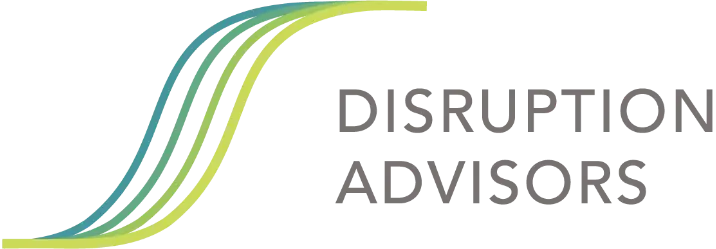“Small daily changes are the key to staggering long-term results.” Unknown
I’m a Northern Hemispherian and have been almost all my life.
So, from that perspective, I write this week about the recent solstice. Here in the north, it was the winter solstice. I miss the sun and warmth that the hours of sunshine would typically bring, and like most people, I spend a lot less time outdoors during the short-day months.
Reaching the solstice is a milestone that helps me feel the winter won’t last forever. We passed it about three weeks ago.
Somehow it seems like it should be warmer, with more sun, and the days should be noticeably longer. But nothing has dramatically changed. In fact, January seems at least as dark and sunless as December did. But because I’ve been anxious to see a change, I learned something new about the winter solstice and the longer days that follow it.
It’s an S Curve.
Right after the solstice, the daylight gets longer by just seconds per day. So even after three weeks, we’re only getting a minute or two more of additional daylight time than we were in late December. The difference is almost imperceptible, especially considering that winter storms and cold, cloudy weather continue. But small daily changes accumulate. There are six more hours of daylight on the summer solstice than on the winter solstice.
The timetable isn’t the same in every locale; different latitudes experience it slightly differently. But in general, the increase in daylight doesn’t really start moving along until late February, when it hits three minutes per day. It peaks in March (around the spring equinox) when average daylight increases by three minutes plus per day. That’s a greater increase in a single day than we’ve seen so far in three weeks.
As we crunch toward the summer solstice, the daily light increases will shorten once again. There will still be more daylight each day, but the additional amount will be less; for example, two minutes per day on average in May, with more decline until the solstice. After that, we start incrementally losing daylight. A fact that I don’t want to think about right now.
Almost imperceptible progress gradually gains momentum until the rate of change is dramatic and then slows again as the cycle approaches completion—an S Curve.
Nothing much has changed—yet—since the winter solstice, but recognizing it as an S Curve made my day a little brighter. I hope it will do the same for my fellow Northern Hemispherians. In the southlands, perhaps you can tuck the data away for a little encouragement on a winter day that is not far off.
Our podcast guest this week is Seth Godin, a marketer par excellence, who believes that good marketing is good teaching. If you are trying to help people change and become their better selves, you’re a marketer.
Seth is a great teacher and has written several excellent books; most recently, he’s involved with The Carbon Almanac and reminds us it’s not too late to contribute to positive environmental change. Small daily changes—and a community of united action—can still lead to staggering long-term results.
Happy New Year,
Whitney

